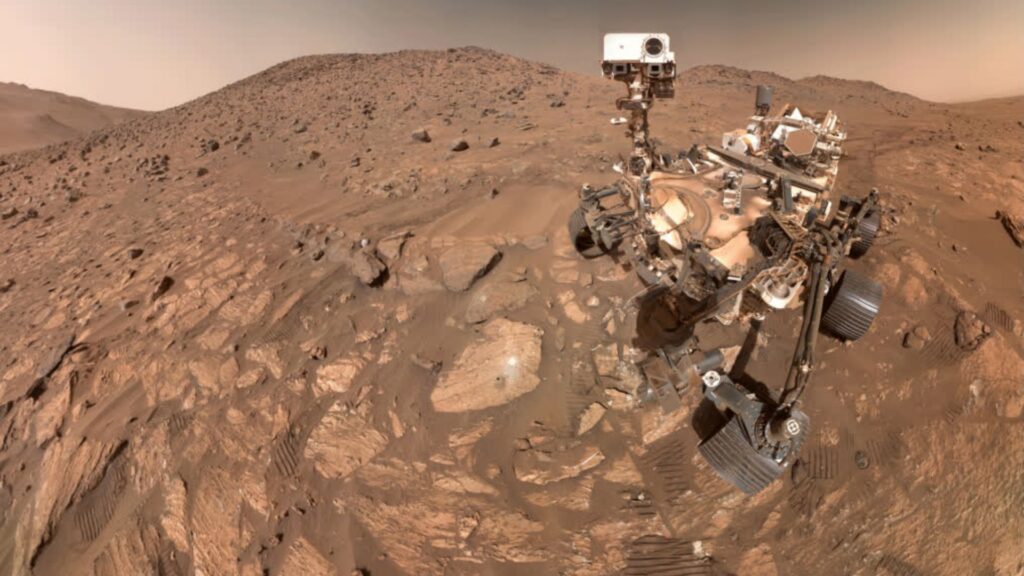NASA has recently made a remarkable discovery — and all thanks to a rock.
According to the U.S. space agency, the Perseverance rover may have just found a sign of ancient life on Mars in a rock. However, the agency also stressed that more research on this interesting rock is needed.
Perseverance’s Mission on the Red Planet

The Perseverance rover’s mission has long been to look at rocks on Mars that may have been formed or changed by water on the Red Planet years ago.
NASA has hoped that the rover, by focusing on certain rocks, may be able to find proof that ancient life once did live on Mars.
An Interesting Rock on Mars
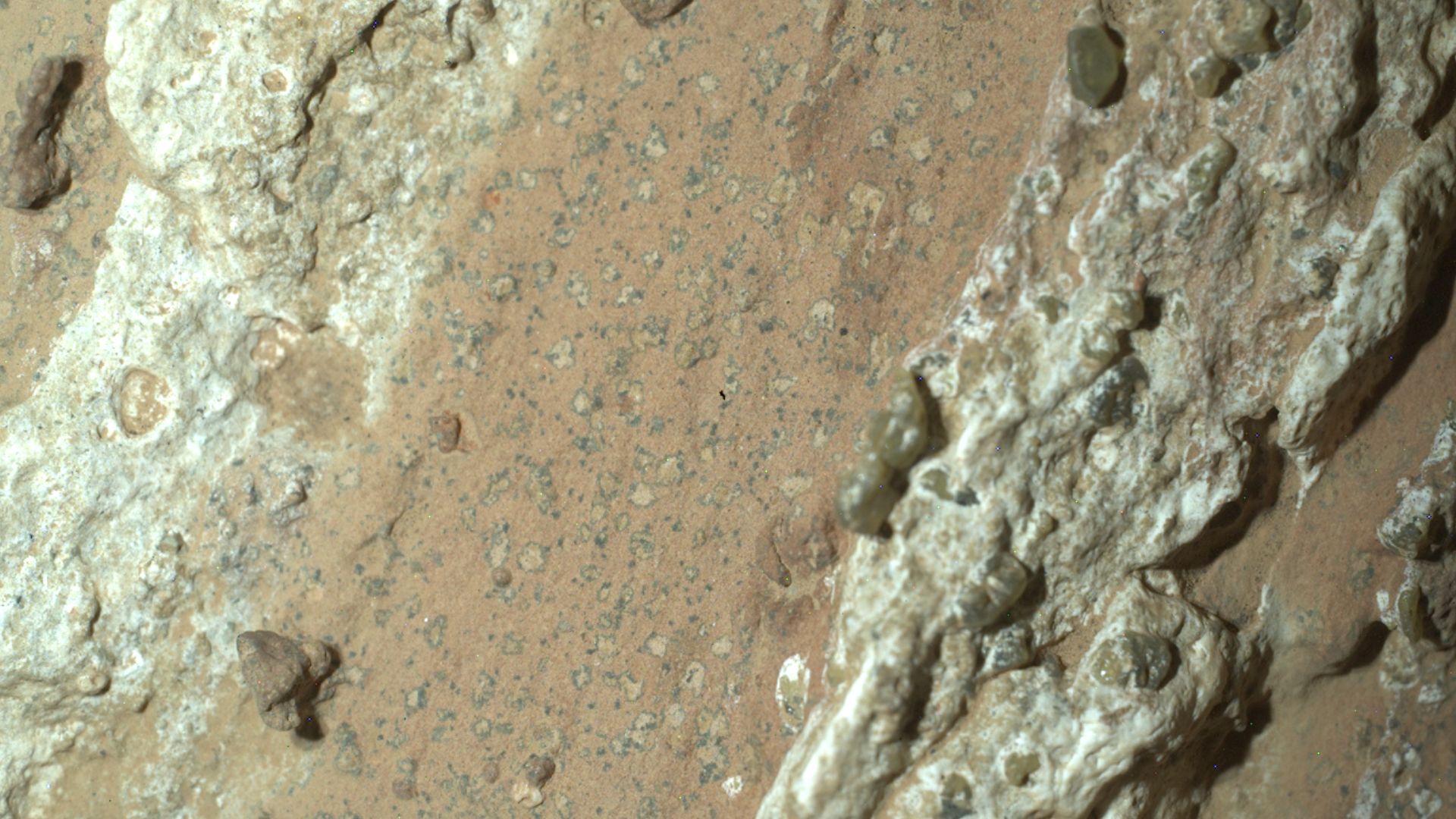
The Perseverance Mars rover collected a sample from a reddish rock that had an arrowhead shape on July 21.
This rock has since been called Cheyava Falls, named after a Grand Canyon waterfall.
Why This Rock Has Scientists So Fascinated
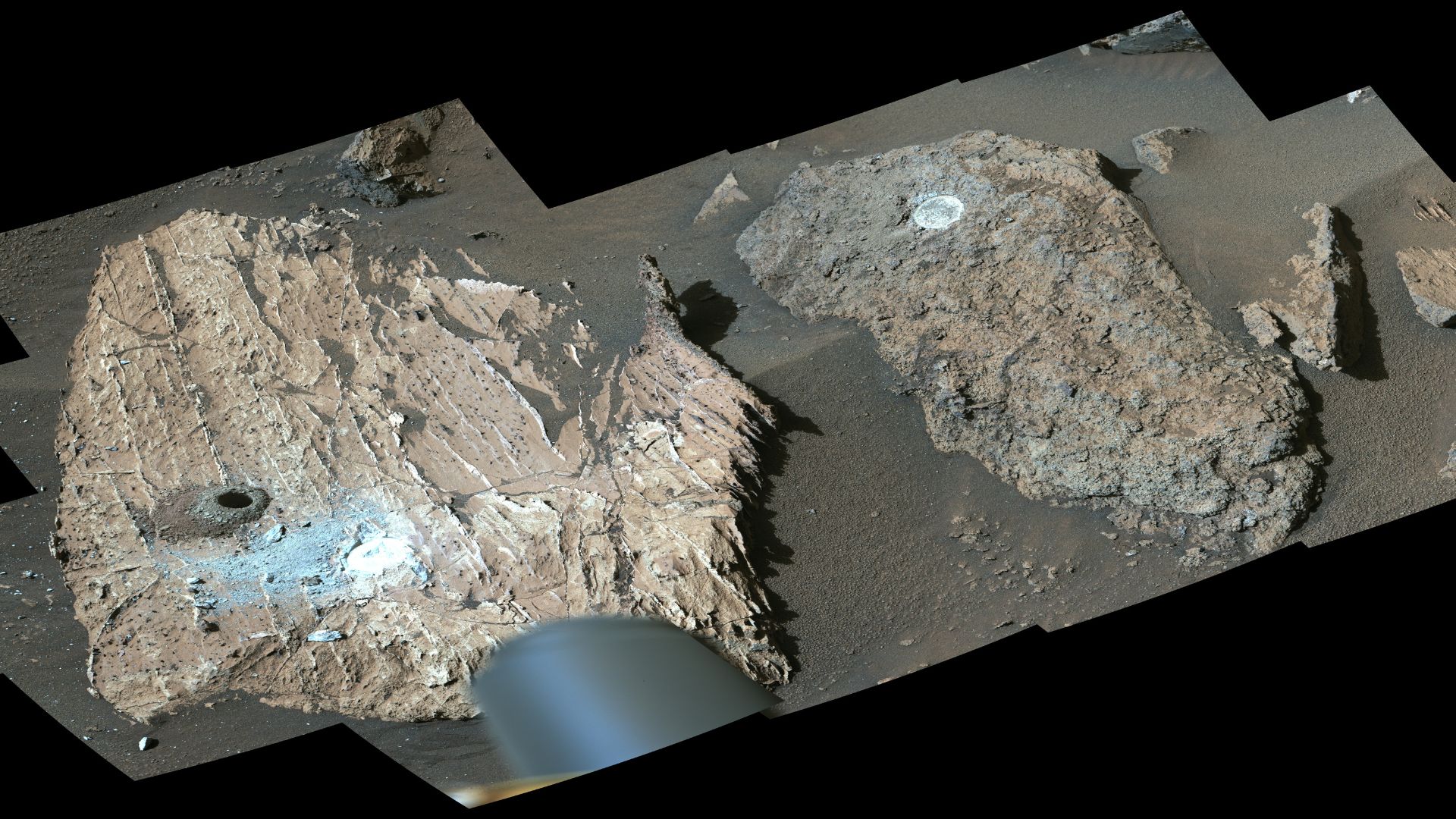
Scientists at NASA have been fascinated by this rock ever since the rover collected a sample from it.
According to experts, this rock has many “fascinating traits” that suggest Mars may have indeed held ancient life on the planet billions of years ago.
Ancient Life on Mars
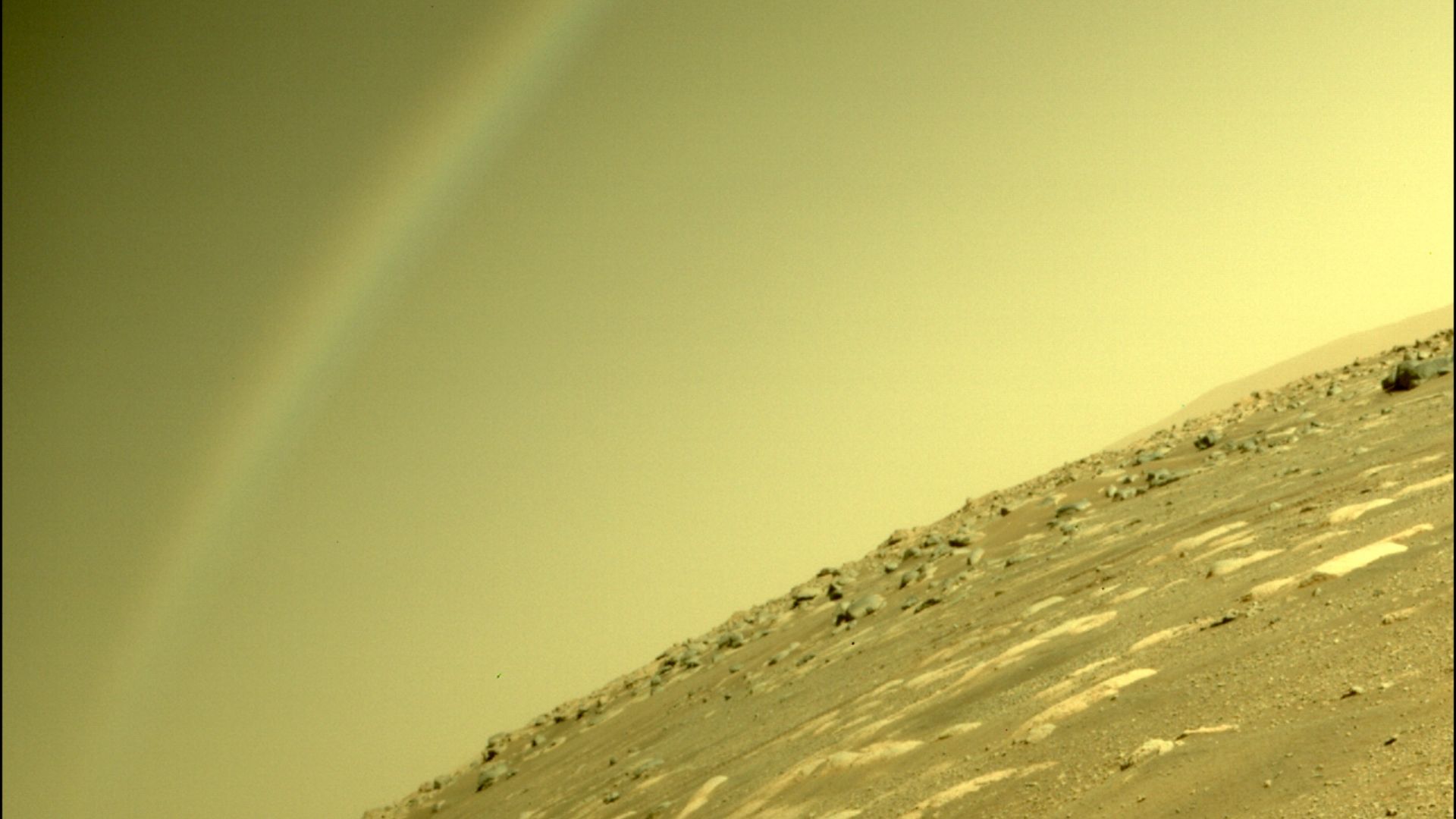
Scientists have explained that this rock has chemical structures and signatures that may suggest Mars once held life.
A sample from inside the rock also showed organic compounds. Carbon-based molecules such as these are often considered to be the building blocks of life — though nonbiological processes can also form them.
Irregularities Within the Rock
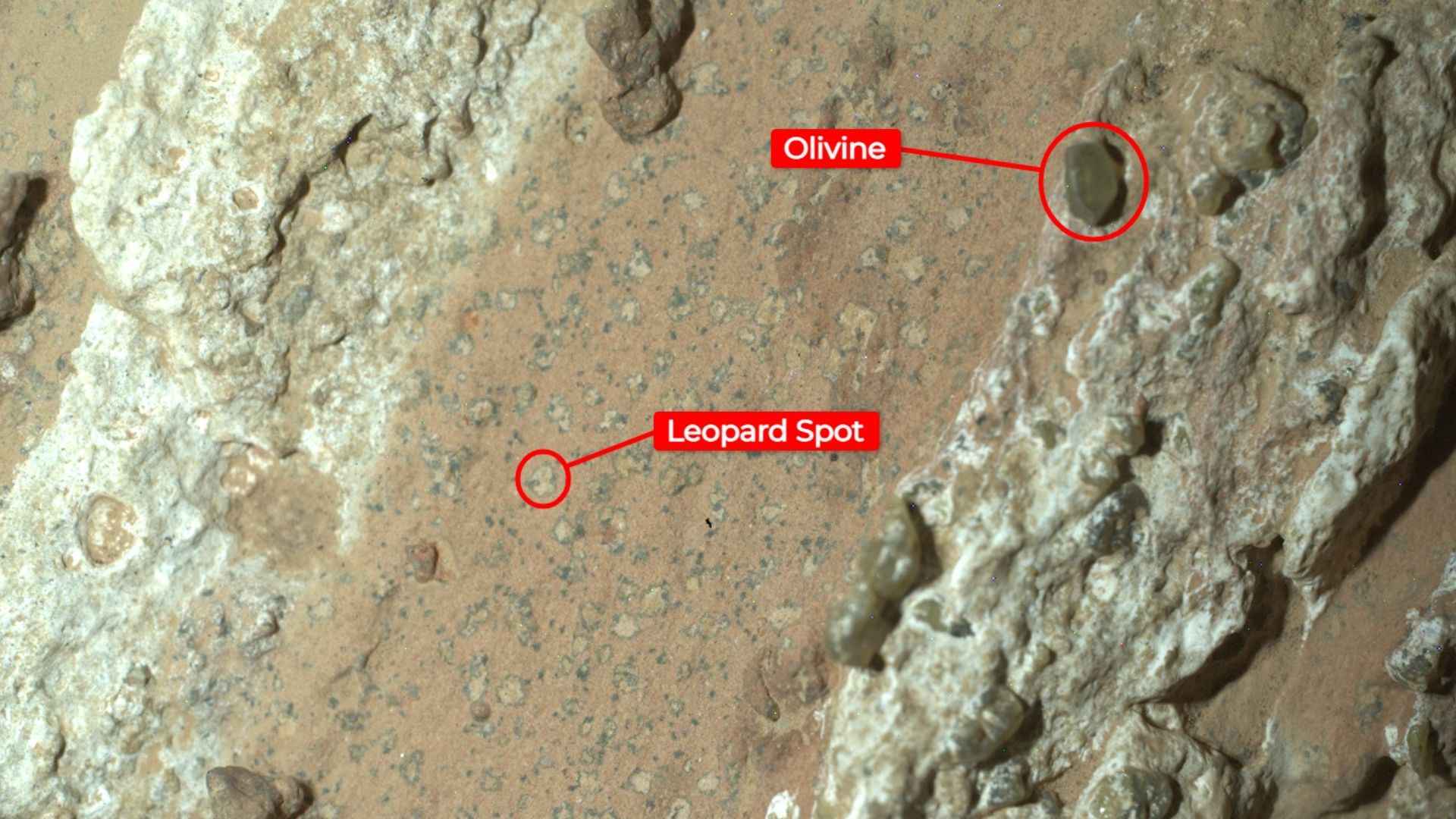
This rock also has large white veins of calcium sulfate in it, with bands of red material between them. Scientists took a closer look at these red areas and found that they are quite irregularly shaped.
These shapes also had off-white splotches, which were bordered by black rings. In a way, they look like leopard spots and contain phosphate and iron. This discovery surprised scientists.
Finding Microbes on Mars?
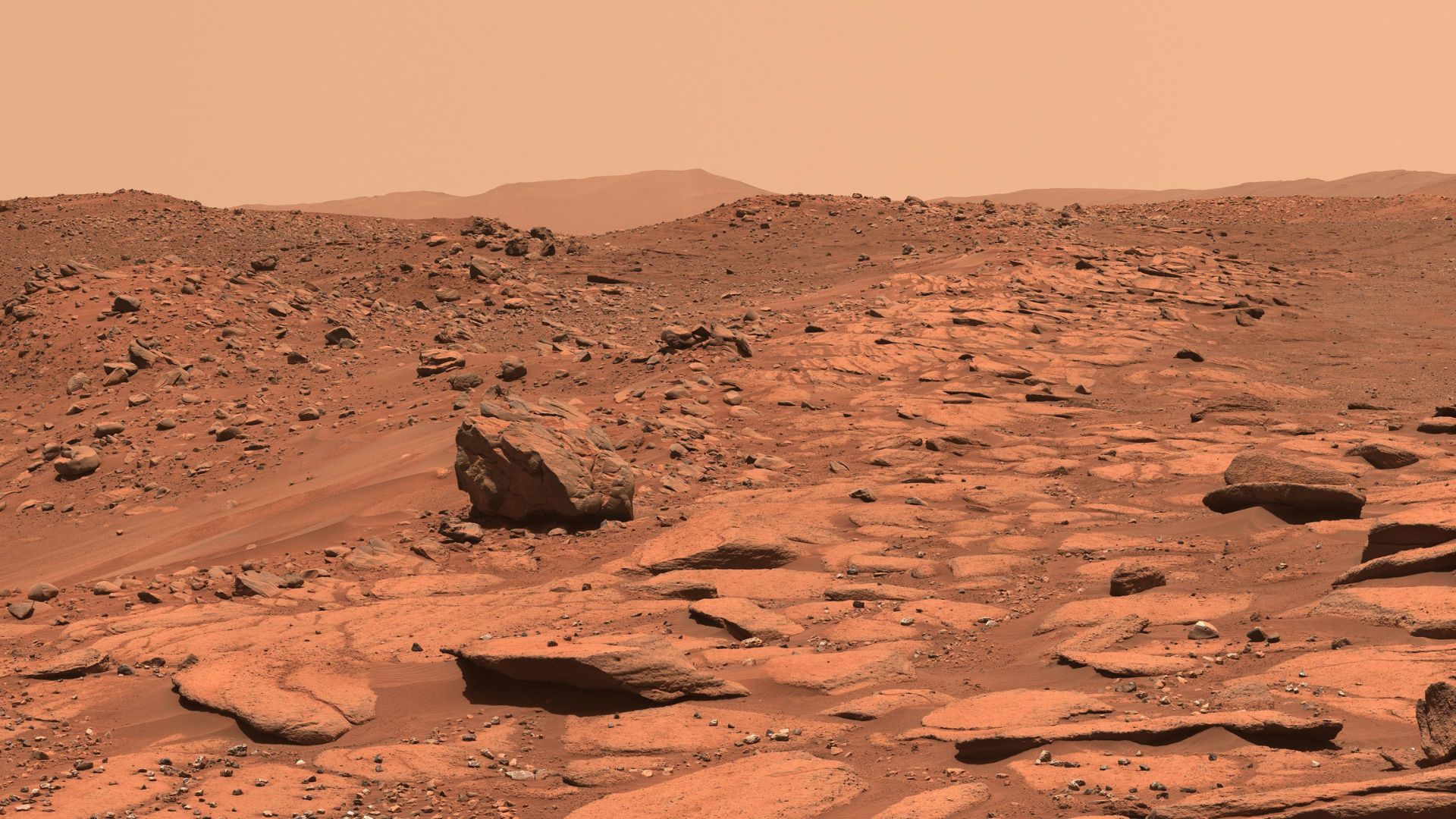
Astrobiologist David Flannery, a member of the Perseverance team, explained why these spots are such a huge deal for scientists.
“These spots are a big surprise,” Flannery said. “On Earth, these types of features in rocks are often associated with the fossilized record of microbes living in the subsurface.”
A New Discovery
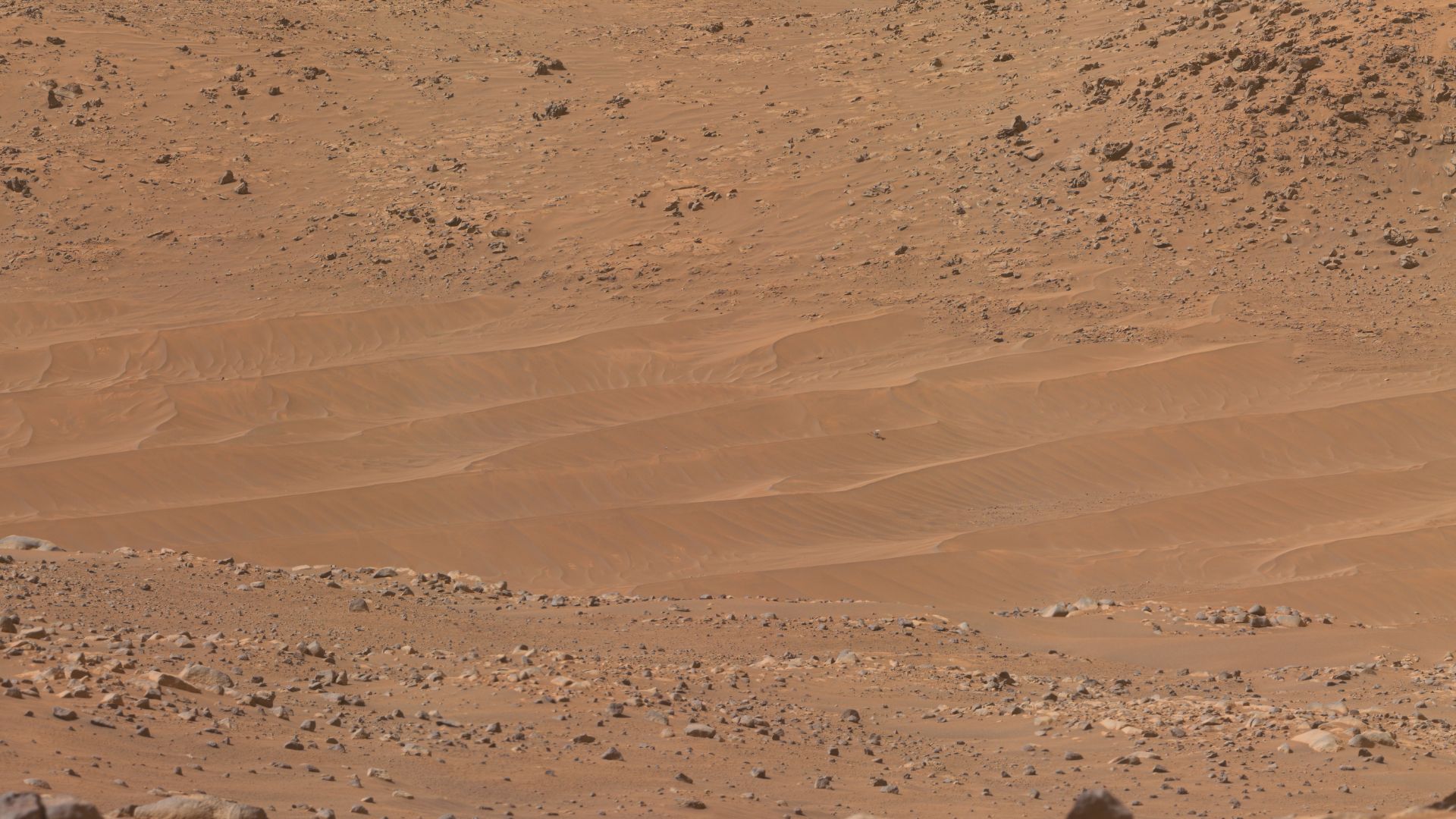
NASA’s Nicola Fox has opened up about how this remarkable discovery on Mars has changed the game for the Perseverance mission.
“We have designed the route for Perseverance to ensure that it goes to areas with the potential for interesting scientific samples,” Fox explained. “This trip through the Neretva Vallis riverbed paid off as we found something we’ve never seen before, which will give our scientists so much to study.”
Clear Evidence Has Been Found
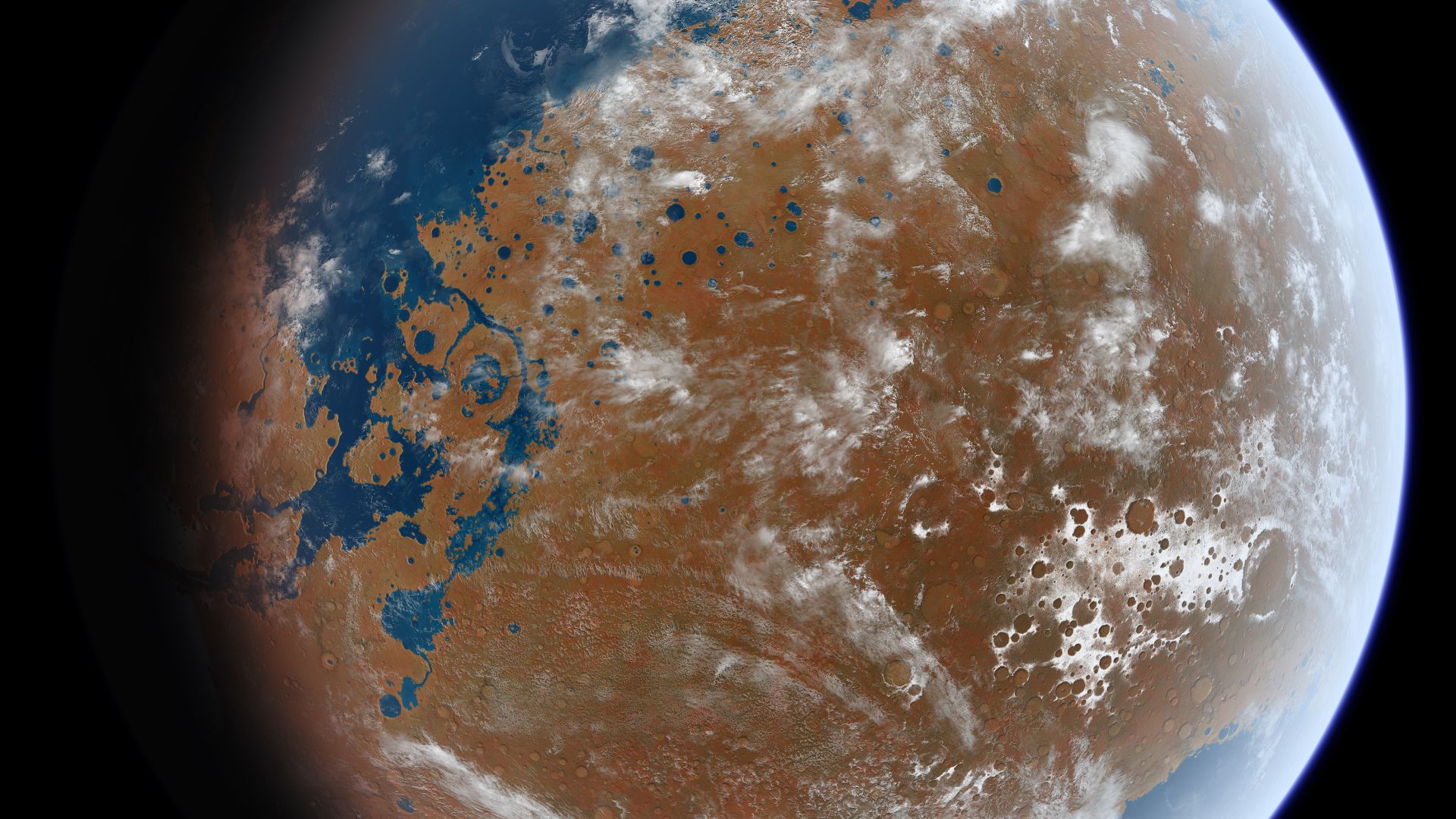
Scientist Ken Farley has explained that this rock discovery has led to clear evidence for scientists.
“On the one hand, we have our first compelling detection of organic material, distinctive colorful spots indicative of chemical reactions that microbial life could use as an energy source, and clear evidence that water—necessary for life—once passed through the rock,” Farley said.
Questions Remain
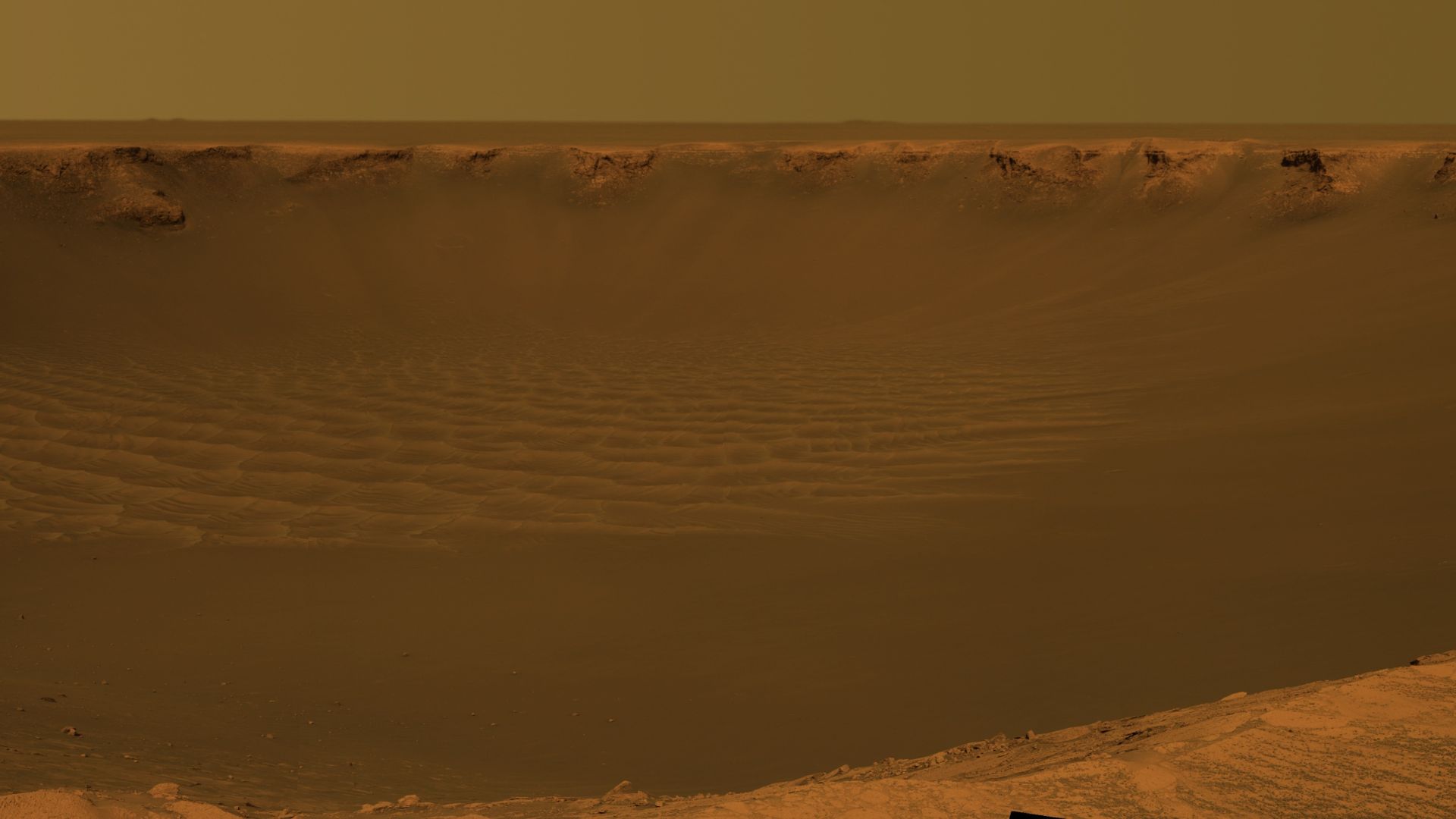
However, Farley also stated that many questions remain, as this rock is incredibly complex and puzzling.
Farley added, “On the other hand, we have been unable to determine exactly how the rock formed and to what extent nearby rocks may have heated Cheyava Falls and contributed to these features.”
Studying All Aspects of the Rock
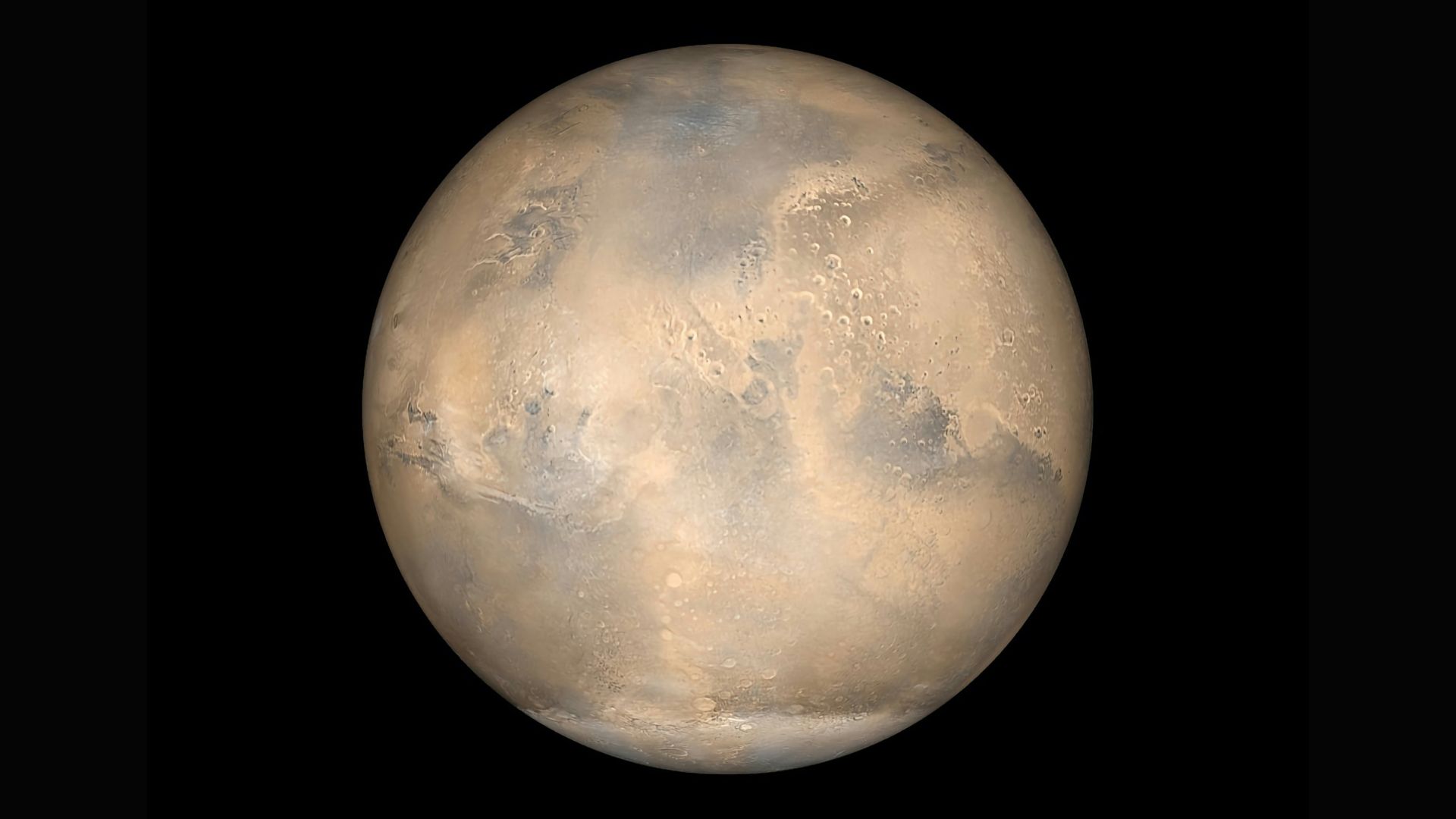
NASA scientists have spent days and nights studying all aspects of this rock, trying to understand its many mysteries.
“We have zapped that rock with lasers and X-rays and imaged it literally day and night from just about every angle imaginable,” Farley explained.
Bringing the Rock Back to Earth?
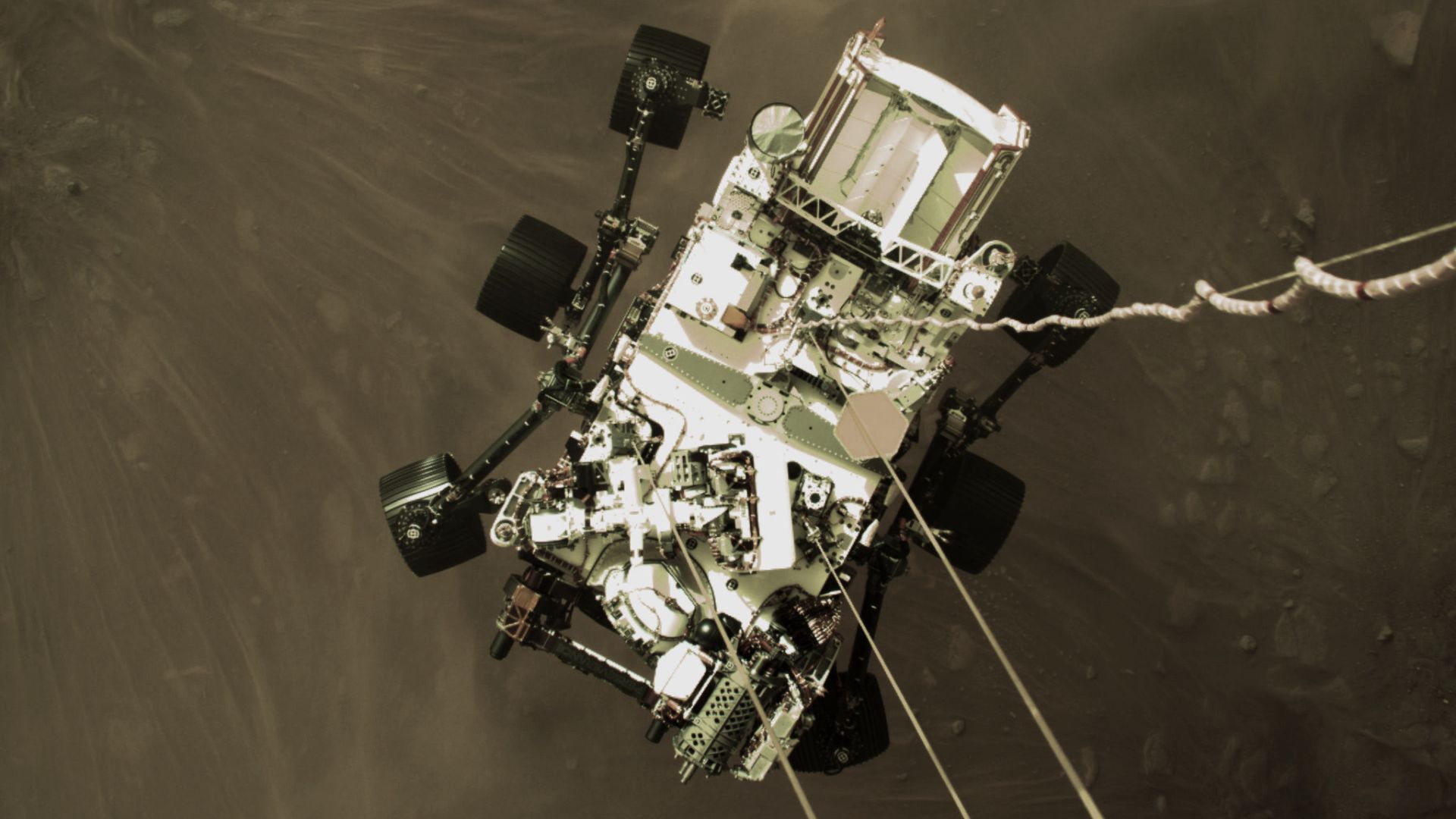
However, scientists still have questions about this rock. To truly learn if it is a sign of ancient life on Mars, they need to do further studies.
Farley added, “Scientifically, Perseverance has nothing more to give. To fully understand what really happened in that Martian river valley at Jezero Crater billions of years ago, we’d want to bring the Cheyava Falls sample back to Earth, so it can be studied with the powerful instruments available in laboratories.”
